You are here
Back to topFresh Vietnamese Watermelons Granted China Market Access
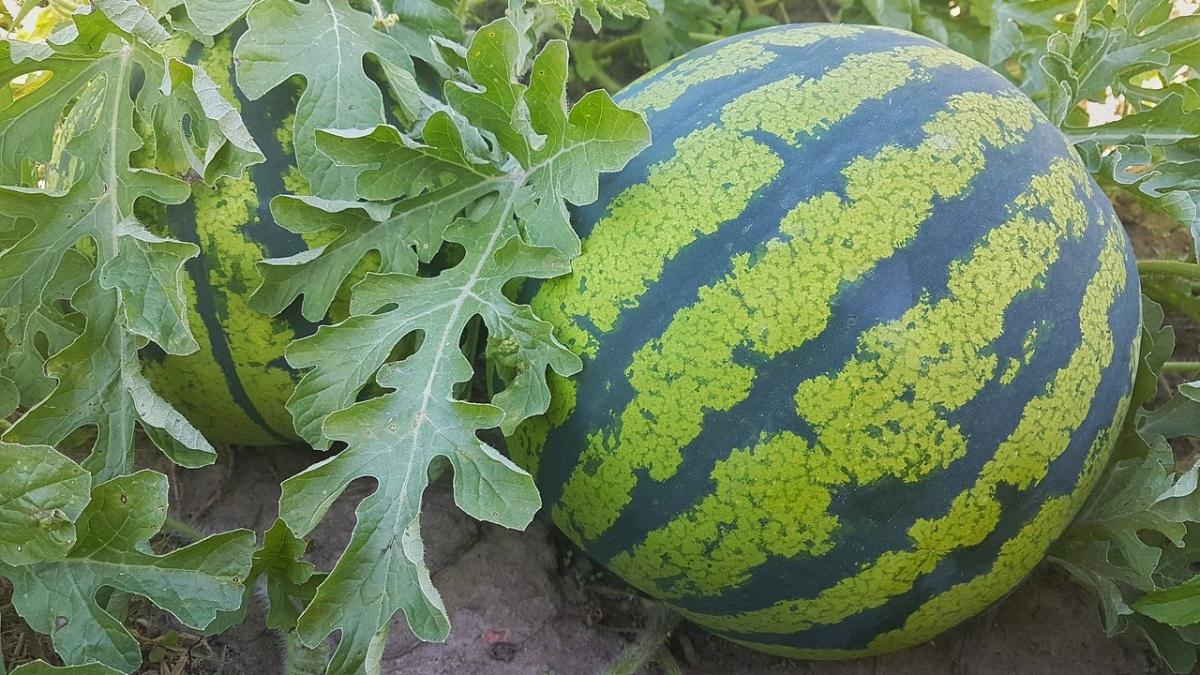
On Dec. 18, the General Administration of Customs of China issued an announcement via its website stating that fresh Vietnamese watermelons meeting the stipulated phytosanitary requirements would be permissible for import.
The peak season for domestically grown watermelons in China runs from June to October, while Vietnamese watermelons are in abundance from November to May. Consequently, Vietnamese watermelons will be able to fill the off-season supply gap on the Chinese market.
For many years, Vietnamese watermelons have been brought into China under cross-border trading schemes, which are somewhat unstable and irregular channels that Chinese authorities have recently been attempting to more closely regulate. In the first 10 months of this year, the export value of Vietnamese watermelons to China amounted to $44 million. Anticipations are high that both the export volume and value to China will experience substantial growth now that official market access has been granted.
The announcement specifies that orchards and packaging facilities intending to export watermelons to China must be registered with Vietnam’s Ministry of Agriculture and Rural Development and approved by the GACC. At present, 179 orchards have received export permission. China has identified five quarantine pests of concern, namely, bacterial fruit blotch (Acidovorax avenae subsp. citrulli), guava fruit fly (Bactrocera correcta), peach fruit fly (Bactrocera zonata), Malaysian fruit fly (Bactrocera latifrons) and cotton mealybug (Phenacoccus solenopsis).
Moreover, orchards must establish robust quality management and traceability systems under the supervision of the MARD and adhere to good agricultural practices and integrated pest management techniques. During the packaging process, watermelons destined for China must undergo procedures that include the removal of diseased or deformed fruits, as well as sorting, grading and cleaning to ensure the absence of insects, rotten fruits, branches, leaves, roots and soil.
Additionally, the MARD is required to take random samples of 2% of watermelons bound for China to check for the presence of pests of concern. The sampling rate will be lowered to 1% if there are no quarantine problems within the first year. The occurrence of contaminated watermelons will lead to the rejection of the entire shipment by China or even suspension of exports from the orchards and packaging plants involved for the remainder of the season. Watermelons exported by unregistered orchards or packaging plants and watermelons that do not meet China’s food safety standards will also result in the refusal of the whole shipment.
Image: Pixabay
This article was based on a Chinese article. Read the original article.



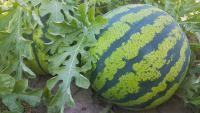
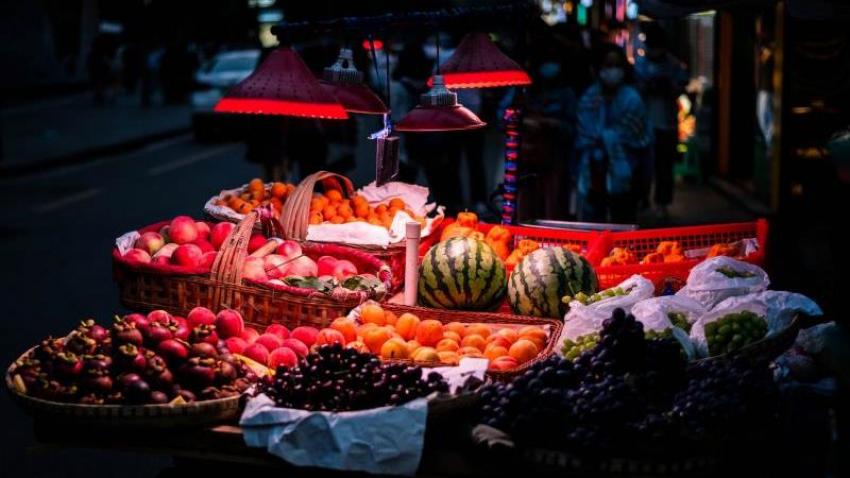

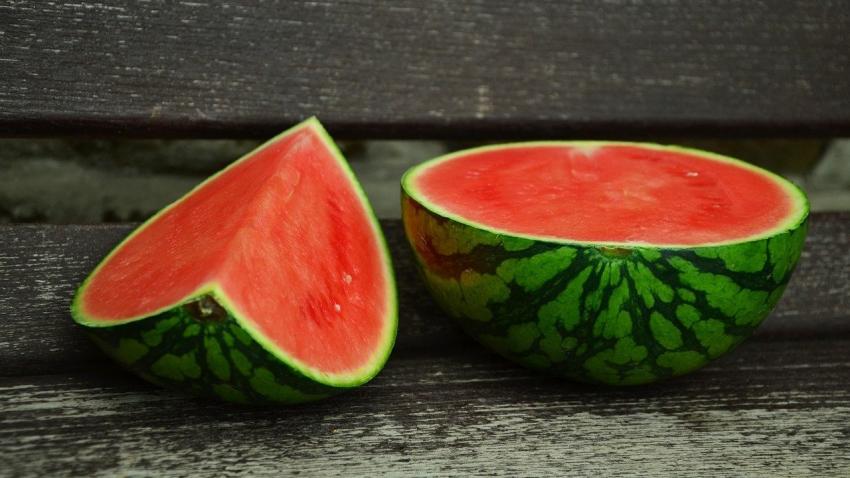
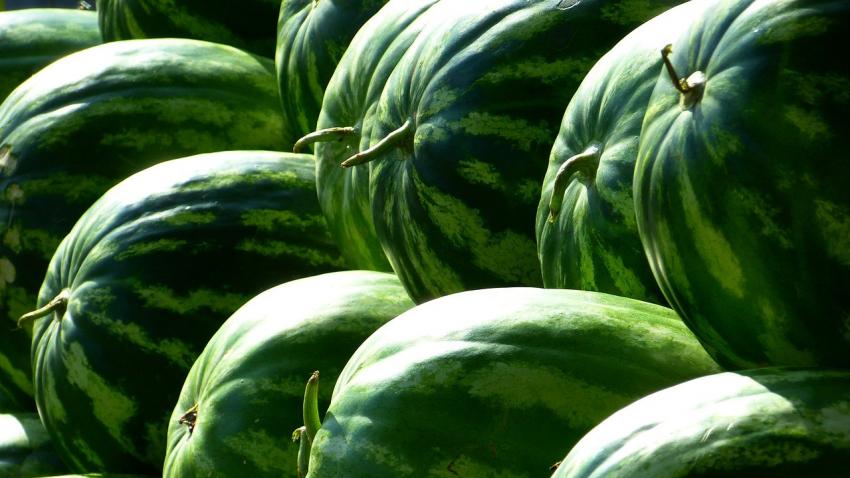







Add new comment